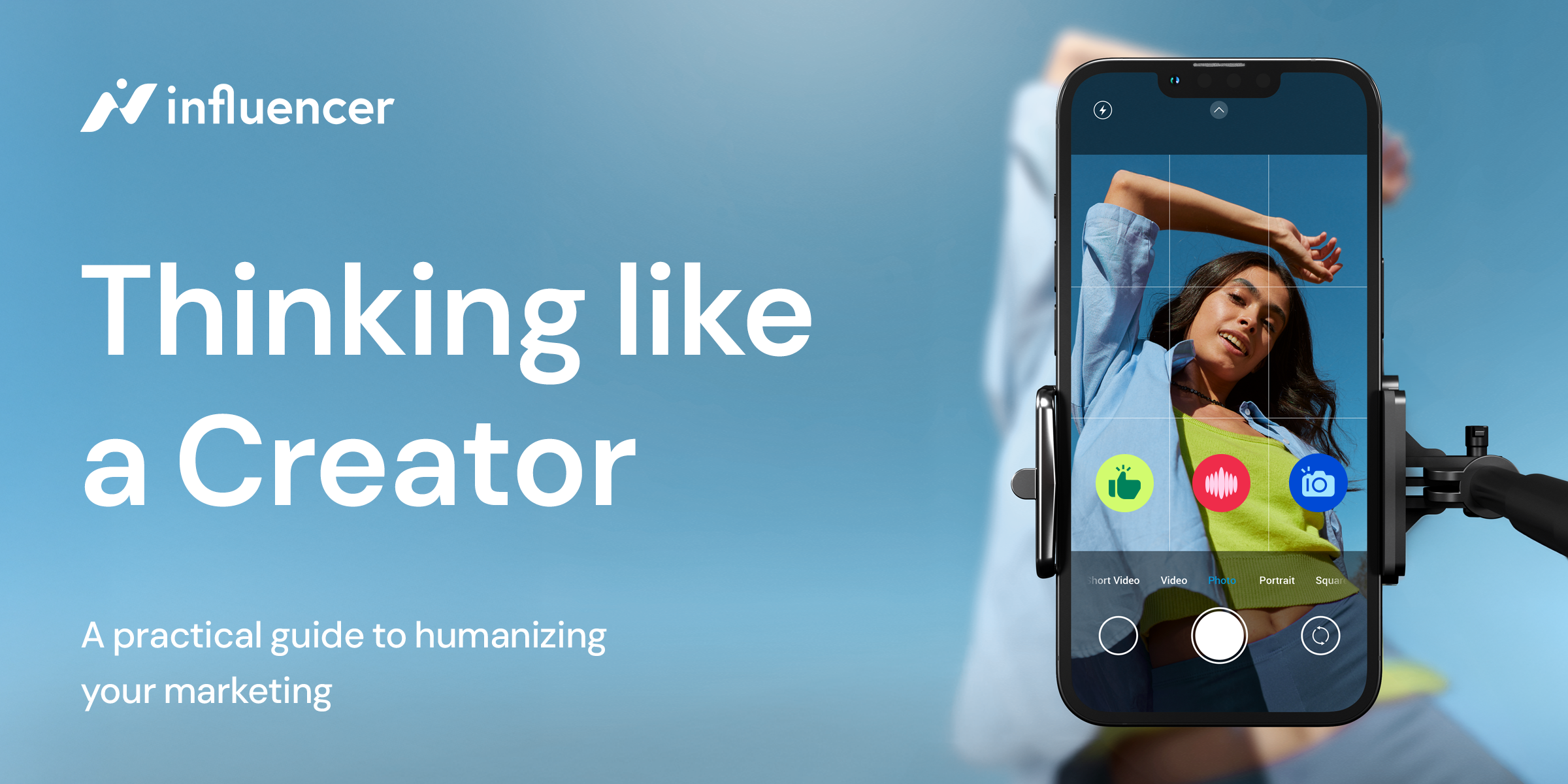
Over 50% (around 4.7 billion people) of the whole world is using social media in July 2022. Users flock to sites like Facebook, Instagram, and TikTok, to share updates and opinions with their virtual communities, whether those communities consist of family and friends, or a wider shoal of acquaintances, followers, and fans. Brands have long detected promising commercial opportunities nesting across people’s ever-growing virtual social networks. However, during social media’s early years, these mostly entailed top-of-the-funnel marketing opportunities: predominantly, brand awareness and new user acquisition. Prior to the emergence of social commerce, brands’ use of social media was entirely restricted to growing audiences by acquiring followers, likes, and fans. To actually make sales, those followers and fans would have had to visit the brands’ websites or physical stores. However, social commerce promised to change all this by enabling consumers to deal directly with brands on social media, endowing users with greater convenience as they shop online while reducing the amount of friction-induced drop-off for businesses that trade on the web.
So what is social commerce?
Social commerce refers to the processes of buying and selling products directly on social media platforms. The innovation enables businesses and consumers to complete transactions entirely within social media platforms, on which they discover products they like and desire. Until the emergence of social commerce solutions, social media platforms had mainly functioned as marketing channels for brands, that enabled the advertisement and discovery of products to and by consumers. To complete purchases, consumers typically had to then open separate browsing windows to access that brand’s website to check out directly. However, social commerce solutions streamline this process. Social commerce technology provides businesses and individuals with a holistic shopping experience, where products can be advertised and found, and bought and sold, all in one place; social media.
How influencer marketing helps brands find social commerce opportunities
A Datareportal article states that in July 2022, around 4.70 billion people (59% of the global population) are social media users. Furthermore, a June 2022 Statista forecast predicts that social media platforms will have 5.85 billion users by 2027. Social commerce is expected to follow this trend of continued growth too. A January 2022 article published by Insider Intelligence explains that US social commerce sales are expected to hit $45.74 billion this year, predicted to reach $79.64 billion by 2025. Although some specific social media platforms have witnessed small declines recently, the emergence of new platforms and the steady growth of old favourites means that social media is still in a period of huge growth. Businesspeople and marketers have long recognised that social media platforms are valuable channels to reach the huge numbers of people gathered on them, in order to grow audiences, build brands, and reach prospective customers. Influencer marketing strategies have made up one important method of reaching groups of people likely to be interested in a particular brand’s products.
Teaming up with content creators has long been understood to be an effective way to build consumer trust in brands, as the associations established between products and creators inspires people’s trust and confidence in those brands. However, historically, understanding any direct online commercial uplift to traffic and revenue made by influencer marketing campaigns launched by brands has often been a real headache for marketing analysts. Social commerce solutions solve this issue to a significant extent. Within social commerce ecosystems, partnerships between brands and content creators can build awareness and audiences, and directly drive purchases. By enabling consumers to purchase directly on social media platforms, social commerce solutions can help companies and brands improve their conversion and basket abandonment rates, which are essential metrics to maintain for any business that trades online. Moreover, conversions attributable to influencer marketing campaigns can also be tracked more easily. This accurate data will help businesses and brands understand better than ever before which sorts of creators are best suited not only for building their audiences but also for driving real revenue. Brands can then use reliable performance insights to inform which content creators to partner with in the future.
What’s in it for content creators?
Content creators - and content creation more generally - can reap substantial benefits from the rise of social commerce. Up until now, the influencer marketing model has mainly entailed brands paying creators per post or per story uploaded to their profiles. However, without social commerce solutions, brands have found it difficult to prove how much financial return their investment in influencer marketing campaigns has directly yielded. While influencer marketing has historically proven itself to be an unequivocally powerful channel for brand and audience building, this old model of payment placed the longevity of content creation as a reliable vocation in some precarity. The issue is quite straightforward: if conservative entrepreneurs and analysts are unable to prove and demonstrate that a campaign or strategy yields a direct return on investment, then they may choose to favour investing in strategies and channels that can, in contrast, prove their financial impact. Social commerce solutions go a long way to solving this issue.
Take Instagram Shopping as an example. Instagram’s social commerce technology enables brands to set up shops, places “to sell and share your brand story, where people can browse products and explore collections”. Moreover, Instagram explains that their social commerce technology “lets people make purchases” from these shops “directly in-app”. To benefit content creators, Instagram launched its affiliate program in June 2021. Instagram explains that affiliates “receive commission payments based on total sales driven for a brand”. That consumers can purchase directly in-app therefore enables the platform to track which creators are directly responsible for certain sales, and then calculate a commission automatically. This is beneficial for creators and brands for several reasons. It’s an advantage for creators and brands, firstly, because creators are able to prove their value to the brands they affiliate with. This consolidates content creation as a reliable source of income for individuals and businesses. Secondly, this arrangement incentivises creators to be proactive in their advocacy of the brands they represent since the pay creators receive is calculated per sale.
In summary
Social commerce technology benefits everyone involved, from brands, to creators, to consumers. Individuals benefit from an even more streamlined, convenient shopping experience, enabling them to purchase products they see advertised on social media within the platforms themselves. For businesses and brands, this streamlining should reduce friction, drop-off, and bounce rates, and improve conversion rates. Both creators and brands benefit from new affiliate-type payment models. The impact creators have on sales can be better clarified, since the purchases they influence can be tracked more easily. And finally, the better insights provided by more reliable tracking technology better equip businesses to prove the possible returns that investing in influencer marketing campaigns can yield. All in all, social commerce offers businesses a lucrative opportunity to sell to people directly, on the platforms where they already spend a great amount of their time.
More resources

New Creator Economy report urges brands to think like Creators - or risk being left behind.
Let’s work together

Let’s work together

Let’s work together

Let’s work together

Let’s work together

Let’s work together

Let’s work together

Let’s work together

Let’s work together

Let’s work together

Let’s work together

Let’s work together

Let’s work together

Let’s work together

Let’s work together

Let’s work together

Let’s work together

Let’s work together

Let’s work together

Let’s work together

Let’s work together

Let’s work together

Let’s work together

Let’s work together

Let’s work together

Let’s work together

Let’s work together

Let’s work together

Let’s work together

Let’s work together

Let’s work together

Let’s work together



.webp)
